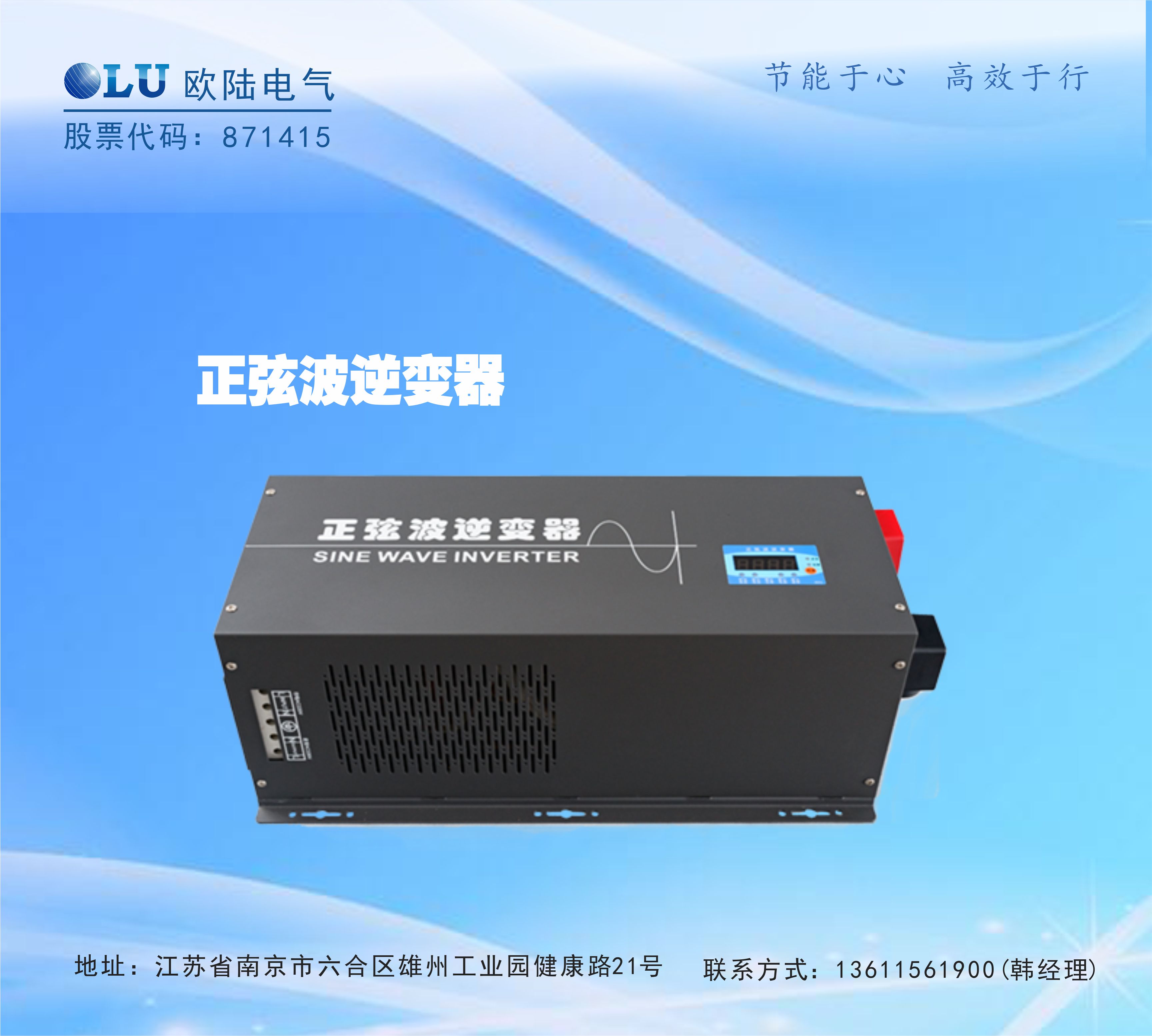How to Properly Select an Off-Grid Inverter
Many people ask me: "I'm building an off-grid solar power system - how do I choose the right inverter?"
Brand reputation certainly matters - well-known companies can be easily researched online, though name brands with equivalent power ratings cost significantly more than generic ones. Whether name brand or not, the working principles remain the same. Domestic brands like Nanjing Oulu, GoodWe, and Jinglang are actually quite good too. Beyond brand, origin, working principle and materials, what exactly should we examine when selecting a cost-effective inverter with good value?
As someone with years of technical development and product application experience at an inverter manufacturing company, I'd like to share some insights that may prove helpful to friends in the industry.

Key Technical Specifications to Consider:
Inverter Efficiency: Minimum ≥90%.
Waveform Distortion: <5.0%.
Overload Protection:
110% rated current for 1 minute
150% rated current for 20 seconds
180% rated current for 5 seconds
200% rated current (instant shutdown)
Communication Interface: RS485 or equivalent.
Operating Environment:
Temperature: -10°C to 40°C
Humidity: <95% (non-condensing)
Reliability & Performance Requirements:
Dynamic Current Loop Control: Ensures stable operation.
Load Adaptability: Handles capacitive, inductive, and mixed loads.
High Overload & Surge Tolerance: Critical for motor-driven devices.
Protection Features:
Input/output over/under-voltage
Over-temperature and overload protection
Display: LED panel showing battery voltage, output current, and power.
Core Requirement: Stable performance, one-touch startup, and safety for long lifespan.
Inverter Sizing Guide
Inverter selection depends on peak surge capacity, especially for inductive/capacitive loads (e.g., motors, compressors).
General Rule: Inverter surge capability = 2× rated power.
Inductive Loads (e.g., AC units): Require 3–7× peak power.
Example: A 1000W air conditioner (peak 7000W) needs a 3500W+ inverter (7000W ÷ 2).
Simplified Power Matching for Common Appliances:
Resistive Loads (heaters, bulbs): Power ÷ 0.9.
TVs (LCD): 2× rated power.
Desktop PCs: TV power + 90W.
Air Conditioners:
Non-inverter: 7× peak
Inverter-type: 4× peak
Small Appliances: Negligible impact.
Recommended Household Setups:
Basic Use (Wi-Fi, TV, lighting):
500W inverter + 100Ah battery (4h runtime).
Refrigerator:
1500W inverter + 150Ah battery (8h runtime).
Fan + Lighting:
300W inverter + 36Ah battery (2h runtime).